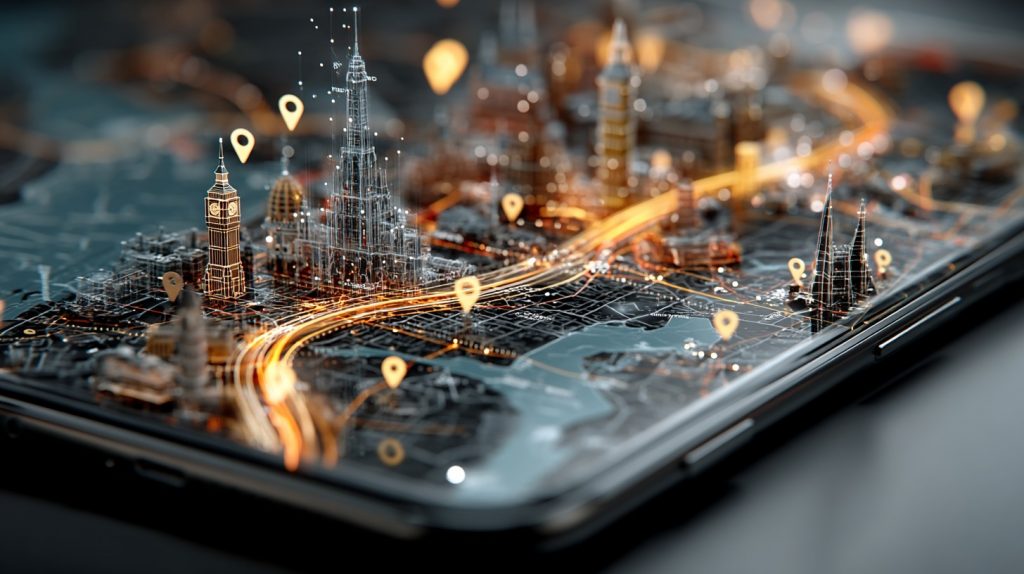The tourism industry is growing every year. Travel has become a digital experience that begins long before buying a plane or train ticket. Innovative technologies have become our travel assistants. We can walk through the streets of a foreign city without leaving an apartment, using virtual reality, and analyze millions of parameters to propose a perfect route through artificial intelligence.
VR allows people to feel the city atmosphere in advance, compare country options for travel, or assist us in applying for a visa to Qatar. Flight schedules, weather, cultural events, and other systematic information become available to users via innovative technologies.
Augmented reality on guard over the journey
Tourism is no longer the industry that is catching up with digital progress. It has become an industry that follows the trends of the world of innovation. Here are some essential tools that have made travel more accessible and automated in the search for options.
- The application generates recommendations for attracting tourists during the tour and analyzes rankings of countries and cities. Tourists receive this based on the information that other travelers have provided after visiting certain attractions.
- The essence of this software is the location in mobile cloud computing. Recommendations are formed based on users’ contextual information, their location, details of their past visits, and privacy policy.
- Travel recommendation for specific users using statistical methods to analyze behavior.
- This is the famous restaurant recommendation system for travelers on the go. It uses the features of past user transactions and their preferences.
Augmented reality has become a tool that accompanies the traveler in those moments when confidence and instant information are important. It can be our helper in a new country. An advanced mobile or web application will warn you of the risks and give you directions for tomorrow’s journey in an unexplored city.

AR helps us to avoid the risks of living and traveling that often occur with tourists. A website or mobile application from the best developers shows warnings on road signs, traffic directions in countries with left-hand traffic, and reports about speed limits if you drive a rented car. According to survey statistics, many people escaped from stressful situations when the routine stayed in their homeland.
Security matters
The traveler directs a smartphone camera to the street, and the software with AR shows useful info like the route to public transport with visual markers or areas with increased crime at night.
Interactive tip systems have become relevant for travelers in cities with places of mass visits. There are European mobile applications that show information about the rules of behavior in buildings of historical importance. All that a tourist needs is to photograph the place with the software tools in the application.
Coastal and mountain travellers can use applications that send storm warnings and road closure notices. The AR module displays information, not allowing a person to get into an uncertain situation.
Conclusion
Innovation in tourism is a fundamental transformation that has determined the future of this segment of the global market. Virtual reality blurs the lines between dream and real experience and allows them to travel even before they leave home. It makes unexplored territory more familiar and less disturbing. With the help of augmented reality, we have more accessible and safer travel.

